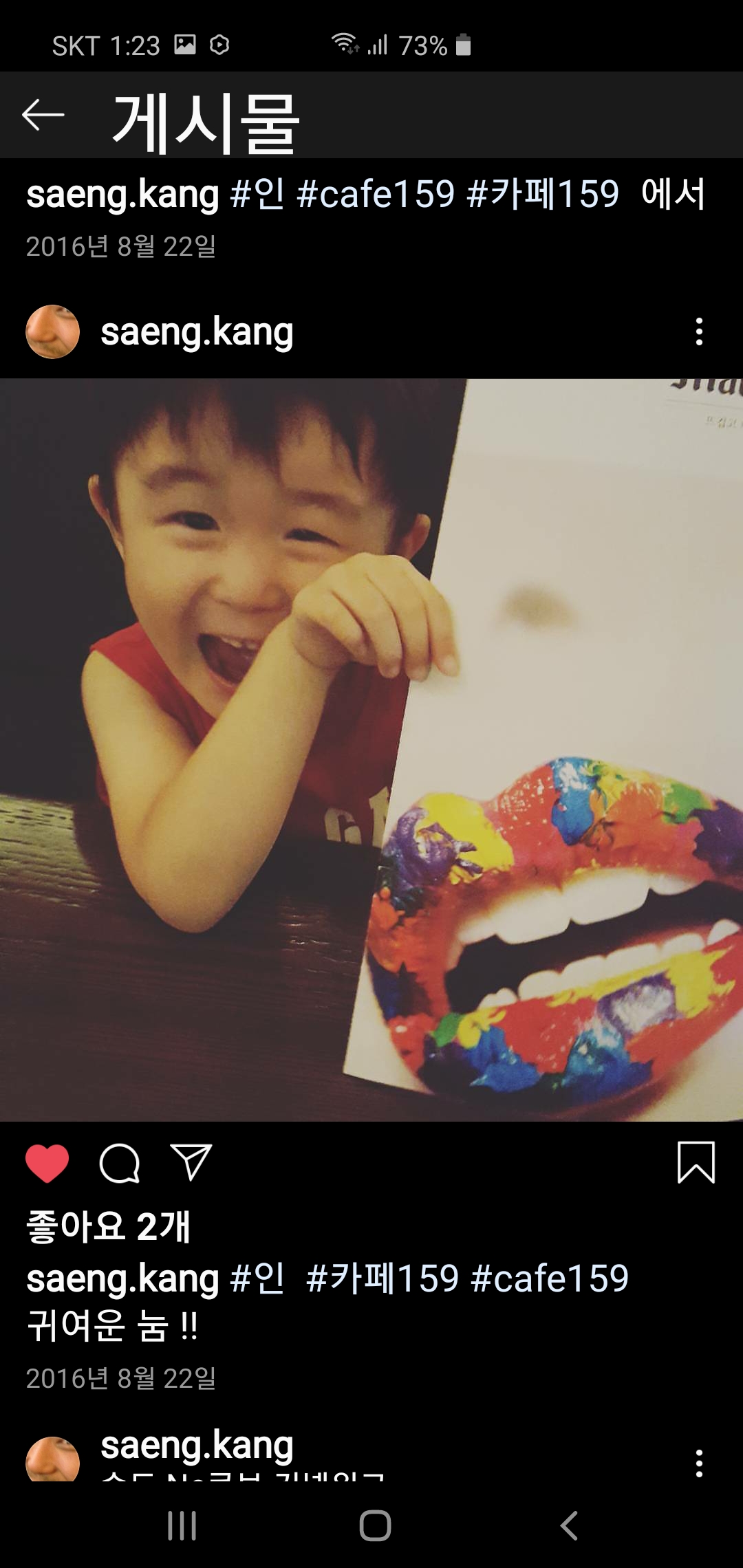| 일 | 월 | 화 | 수 | 목 | 금 | 토 |
|---|---|---|---|---|---|---|
| 1 | 2 | 3 | ||||
| 4 | 5 | 6 | 7 | 8 | 9 | 10 |
| 11 | 12 | 13 | 14 | 15 | 16 | 17 |
| 18 | 19 | 20 | 21 | 22 | 23 | 24 |
| 25 | 26 | 27 | 28 | 29 | 30 | 31 |
- work out
- Yeah
- no
- oh
- OKay
- entrance fee
- too.
- By The Way
- hold on
- Sorry
- Show Up
- Hey
- pick up
- please?
- Actually
- I'm glad to hear that.
- Please
- well
- Right?
- Oh No
- I'm sorry
- Yes
- Sure
- please.
- I'm not sure
- What Happened?
- come up with
- set up
- Don't worry
- make it
- Today
- Total
인과함께
#.TO와 FOR 헷갈림은 이제 끝! 둘은 분명한 차이가 있다! 본문
@ For / To 둘다 목적을 얘기할 수 있다. 하지만 차이가 있다
Something to eat
Something for eating
Would you like something to eat? 입에 넣을 수 있는것, 먹을 수 있는것
Would you like something for eating? 먹기 위해 쓸 수 있는 것들 / 숟가락, 젓가락
To 부정사와 for -ing 의 차이
It’s wine to drink.
이건 (제가) 마실 와인입니다. 직접 맛볼수 있는 와인입니다.
마신다는 목적이 있는 와인
- Do you have something to eat? 먹을 것(=먹을 수 있는)이 있나요?
- > Yes. I have a sandwich to eat.
- I have something to do.
- I have something to say.
- I have something to finish.
It’s a cup for drinking wine. 와인 마실 때 쓰는 컵입니다.
= This cup is for eating something.
컵의 용도 : 무언가 마시는 행위를 돕기위해서 존재 !
@ for -ing 어디에 / 어디에 쓸 수 있는
- Table 밥을 먹기 위한 용도
It’s a table for eating something. 밥 먹을 때 쓰는 탁자입니다.
= This table is for eating something.
- opener 병따개의 용도
This is an opener for opening a bottle cap. 이건 병뚜껑 딸 때 쓰는 병따개입니다.
= This opener is for opening a bottle cap.
@ What is this for? 이건 어디에 쓰는 거예요?
> This is a speaker for listening to music.
> This is a hair-dryer for drying my hair.
I bought this cup for drinking wine. 컵의 용도에 집중 : 와인을 마실 용도의 컵
I bought this cup to drink wine. 컵을 산 이유에 집중 : 와인을 마시기 위해서
결론:
@ 동작을 나타내는 동사가 오면 To 를 쓴다
구지 for 를 쓰고 싶으면 -ing 쓸 필요없이 바로 대상을 꺼내주면 OK!
I went to the pub to drink wine. = I went to the pub for wine.
I bought this jacket to wear in winter. = I bought this jacket for winter.
I use this computer to make videos. = I use this computer for videos.
'달변가 영쌤' 카테고리의 다른 글
| #.for만 잘써도 영어회화가 쉬워집니다 (0) | 2022.10.18 |
|---|---|
| #.원어민은 ever을 도대체 왜 쓸까? ever을 많이 써주는 3가지 상황! (0) | 2022.10.18 |
| #. as가 정말 어려웠던 이유. (Part2. ~할 때, 도중에의 as 그리고 when) (0) | 2022.10.17 |
| #. as 때문에 눈물 흘리고, 고통 받은 당신을 위해 (Part 1. as as 원급 비교) (0) | 2022.10.17 |
| #. 원어민이 이 패턴을 정말 많이 쓰는 이유. Feel like, make sure (패턴모음 4탄) (0) | 2022.09.29 |

